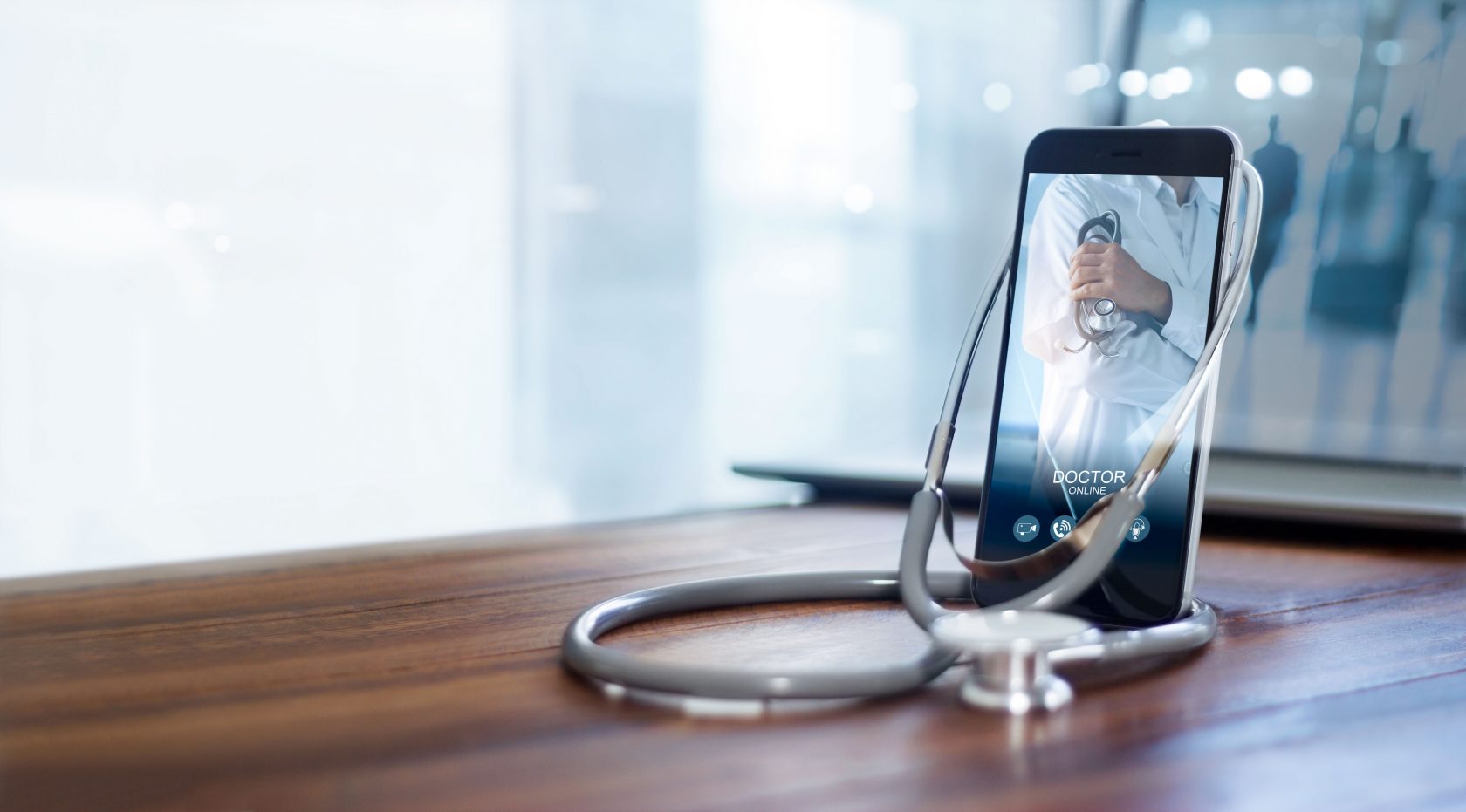
Mobile apps are taking resource-heavy processes into the hands of the stakeholder. Queues in the bank? A thing of the past. Investing in stock? Do it from your sofa. Hiring a personal trainer? Full workouts and progress trackers at the touch of a button. But aside from streamlining our financial planning and getting us ready for the beach, how can mobile technology play a role in the thing that really matters – our health?
Read on as we dive into mHealth advancements and the mobile diagnostics potential of our handheld devices.
A New Paradigm
Misdiagnosis and missed diagnosis are serious global issues. Not just in countries lacking resources to carry out widespread testing, but in developed nations where areas of the population either can’t be reached or don’t want to be reached. Stigma surrounding visits to doctors and an aversion to invasive testing means many infections go undetected, untreated and spread through the population unregulated.
On top of this, recent studies in the United States show that up to 5% of diagnoses are incorrect through human error or inadequate training. The problem is accentuated in less developed countries where resourcing necessary medical equipment can be as difficult as finding trained staff to operate it.
As the technology available to us advances, however, methods of detecting and treating disease and infection advance too. In a more connected world, healthcare is witnessing a paradigm shift from reactive treatment to a ‘P4’ model: predictive, preventive, personalised and participatory.
Each pillar has a part to play in the new model seeking to quash disease outbreaks at the stem, improve treatments, streamline resources, reduce costs, and the focus of this blog; enhance diagnostics.
Mobile Diagnostics
Mobile apps with diagnostic capabilities are not new phenomena. Almost since the advent of downloadable apps, health companies have sought to utilise smartphones’ hardware and connectivity to take diagnostics into the palm of the user. Early attempts at digitising diagnostics, however, often failed to live up to their promise.
Novel technology and limited data meant uptake of these apps was minimal. Certain cases even resulted in fines due to developers lacking data to substantiate claims of their apps’ efficiency. But with over a decade of clinical evidence, advancements in deep learning and the ever-growing sophistication of mobile hardware, software applications today are now viable tools to recognise a range of ailments from melanomas to viral infections.
Augmented by the growing accessibility of mobile technology and spurred on by the social limitations of the COVID-19 pandemic, patients are leaning toward a preference for self-testing at home. With a mobile device and an app, patients can administer self-assessments, relieving pressure on health services while improving diagnostic accuracy and speed of diagnosis, and potentially limit the spread of infection.

How does it work?
Common methods include diagnostic software utilising mobile hardware to identify illnesses based on previous data sets and deep learning algorithms. This may involve built-in phone sensors, cameras, wearable devices or specialist devices designed for diagnostics out with a medical setting. Others adopt developments in microfluidics and micro-assay integrations with smartphones to give users off-site results in minutes across a spectrum of diseases.
For example, nanotechnology compatible with portable devices can perform a DNA fluorescence microarray procedure, detecting the presence of the BRCA-1 gene, and indicating a high risk of breast cancer in the patient. Other oncological uses include using a smartphone built-in camera to scan moles and other skin lesions for early detection of melanoma. Images acquired are compared to an extensive database to identify instances that may require a further medical examination.
Mobile devices can also screen for viral infections by inserting a sample of bodily fluid mixed with hydrogen peroxide into the channel of a specialist device and reviewing the solution with a smartphone camera. A deep learning algorithm will identify a viral load over a certain threshold and give a positive result, should it be present.
Through clear decision trees and imaging, digital diagnostics have the added benefit of accurate interpretation by individuals with no prior medical training, improving both their accessibility and accuracy compared to traditional testing.
What impact will this have?
The adoption of mobile diagnostics will benefit both sides of the patient-provider relationship and the wider population.
Patients with minor symptoms who may have reservations about visiting a medical centre will have access to discrete testing at their convenience. Detecting disease and infection early, and beginning treatment can have an enormous impact on prognosis.
Thinly stretched medical services will see alleviated pressure and higher accuracy in diagnosis. With remote screening, resources can be directed toward patients who are affected, improving the use of both medical personnel and space. Moreover, developments in mobile therapeutics may benefit medical professionals both in a clinical and domestic setting.
As demonstrated by the COVID-19 pandemic, identifying, monitoring and treating fast-spreading viral infections is vital to prevent spread throughout the wider population. Applications providing at-home testing, data on potential infections and monitoring of treatments will be a pivotal resource in combating future outbreaks.
Particularly in lower-income nations, where medical resources can be thin, the growing accessibility of mobile technology means capacity for disease testing may grow exponentially. The development and adoption of mobile diagnostics, therefore, has the potential for a life-changing impact on a global scale.
Waracle works with industry experts to provide best-in-class digital health solutions that impact patients’ lives. If your organisation is taking steps toward a mobile diagnostics application, get in touch with our experts today, and find out how we can help.





